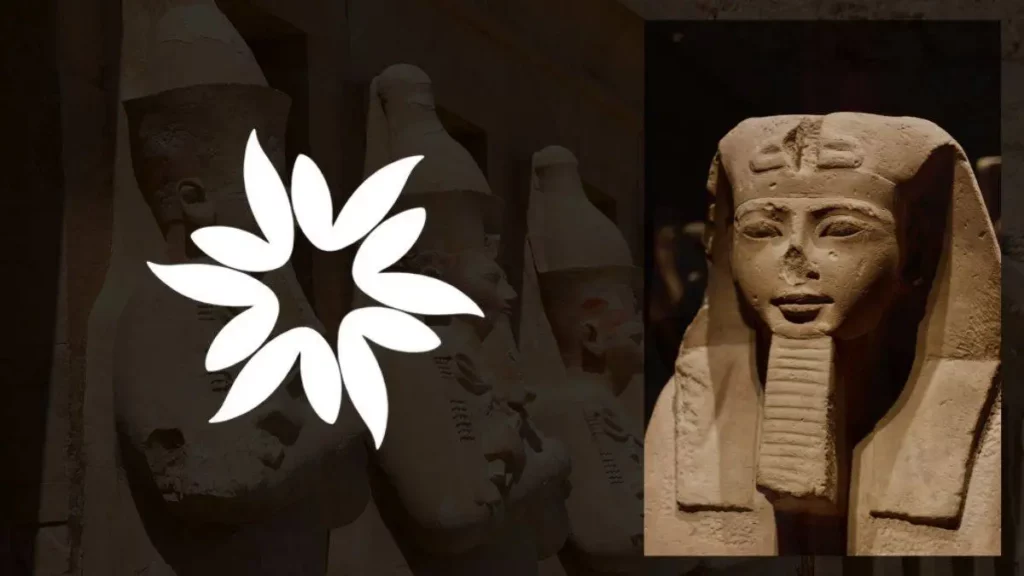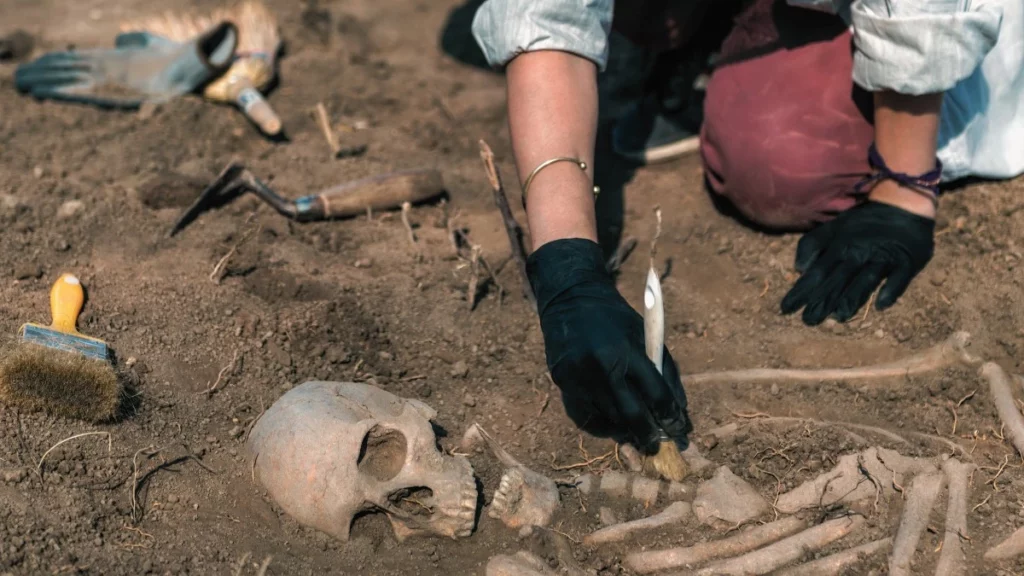Key Takeaways
- Throughout history, humans have used deadly substances such as arsenic, radium, mercury, cantharidin, petroleum, and X-rays as cosmetics and remedies in the pursuit of beauty.
- Arsenic was consumed by Styrians in Austria for its supposed beautifying effects, including a temporary flush to the cheeks. Arsenic-laced products were popular in the cosmetic market until the 1930s.
- Radium-based beauty products, introduced in London in the early 20th century, claimed to offer radiance and health benefits. Despite the dangers of radium, minimal harm was reported due to the small amounts used.
- Mercury was historically used to treat skin issues and was part of beauty recipes. However, its accumulation in the body caused serious health issues and was eventually removed from approved remedies.
- Cantharidin, a fluid secreted by blister beetles, was used in hair tonics despite causing blisters and side effects. It was believed to stimulate hair growth.
- Petroleum was used as a dry shampoo but led to fatal accidents due to its flammability.
- X-rays were used for hair removal in the early 1900s, promising permanent results. However, the procedure resulted in radiation poisoning.
- These deadly beauty regimes serve as reminders of the pursuit of beauty at any cost and highlight the importance of scientific understanding and regulatory oversight in the cosmetics industry.
From the mountainous region of Styria, Austria, to the high society salons in Mayfair, London, the quest for beauty has taken humans on a dangerous journey.
This journey, spanning centuries, has been marked by the use of deadly substances such as arsenic, radium, mercury, cantharidin, petroleum, and X-rays as cosmetics and remedies.
Arsenic: The Austrians’ Potion of Beauty
In the mid-19th century, Styrians in southeast Austria were known for their unusual practice of consuming arsenic trioxide, also known as ‘white arsenic’.
Arsenic was not just a feared poison but was used as a medicine and a beautifying agent.
The Styrians reported increased stamina and enhanced complexion, attributing their rosy cheeks and sparkling eyes to arsenic consumption.
Arsenic’s popularity soared as it offered short-term benefits, including a temporary flush to the cheeks due to capillary dilation.
The late 19th-century cosmetic market saw arsenic-brd products like ‘Dr James P Campbell’s Safe Arsenic Complexion Wafers’ and arsenic-laced soaps that stayed in demand well into the 1930s.
Radium: The Radiant Element of Beauty
Around 1911, Helen Cavendish in Mayfair, London, introduced a line of beauty products utilizing radium, a radioactive element discovered by the Curies.
This line, known as Caradium, contained products like shampoos and face creams made with radium water and herbs.
The theory of mild radium therapy suggested that exposure to small doses of radium triggered a chain of psychological reactions, improving joint movements and boosting the immune system.
Despite the known dangers of radium, these products reportedly caused minimal harm due to the minuscule amounts used.
Mercury: The Quicksilver Cure
Dating back to the 1300s, mercury or ‘quicksilver’ was used to treat skin issues like psoriasis and leprosy. In the 17th century, mercury was part of the recipe “to procure Beauty” published in Hannah Woolley’s book.
The effects of mercury, however, were detrimental. Its accumulation in the body resulted in tissue damage, stomach ulcers, loosening of teeth, and damage to the nervous system.
Mercury was finally struck off the British Pharmacopoeia, a register of approved remedies, in the 1950s.
The late 19th-century cosmetic market saw arsenic-brd products like ‘Dr James P Campbell’s Safe Arsenic Complexion Wafers’ and arsenic-laced soaps that stayed in demand well into the 1930s.

Cantharidin: From Blister Beetles to Beauty
The fluid secreted by blister beetles, known as cantharidin, was used as an aphrodisiac and a treatment for several ailments.
Despite causing blisters and side-effects like nausea and difficulty in swallowing, cantharidin was a key ingredient in many 19th-century hair tonics.
The toxic reaction supposedly encouraged hair growth and stimulated blood supply to the follicle.
Petroleum: Fuel for Hair Care
In the 19th century, petroleum, a product of distilled and refined petroleum, was used to clean hair, effectively serving as a dry shampoo.
However, the use of these petroleum washes led to several fatal accidents, like the case of Fanny Samuelson in 1897, whose hair caught fire during a petrol wash treatment at a salon in London.
X-Rays: The Modern Method of Hair Removal
In the early 1900s, X-rays, discovered by Wilhelm Röntgen, were used to remove hair. This trend of X-ray hair removal gained popularity in the 1920s, with the Tricho Institute being one of the leading providers.
The process was relatively painless, odour-free, and came with the promise of permanent hair removal, making it an attractive option for those who wished to avoid the discomfort and temporary nature of other hair removal methods of the time.
However, the procedure came with a dangerous, unanticipated side effect: radiation poisoning.
In the end, the deadly beauty regimes of the past serve as stark reminders of humanity’s relentless pursuit of beauty, sometimes at all costs.
From arsenic consumption to X-ray hair removal, the history of cosmetics is fraught with dangerous practices borne out of misconceptions and ignorance about the harmful effects of certain substances.
Today, we look back at these practices not only as cautionary tales but also as stepping stones towards more enlightened, safer beauty standards.
The history of these deadly beauty regimes underscores the importance of scientific understanding and regulatory oversight in the cosmetics industry, as we continue our never-ending quest for beauty.








